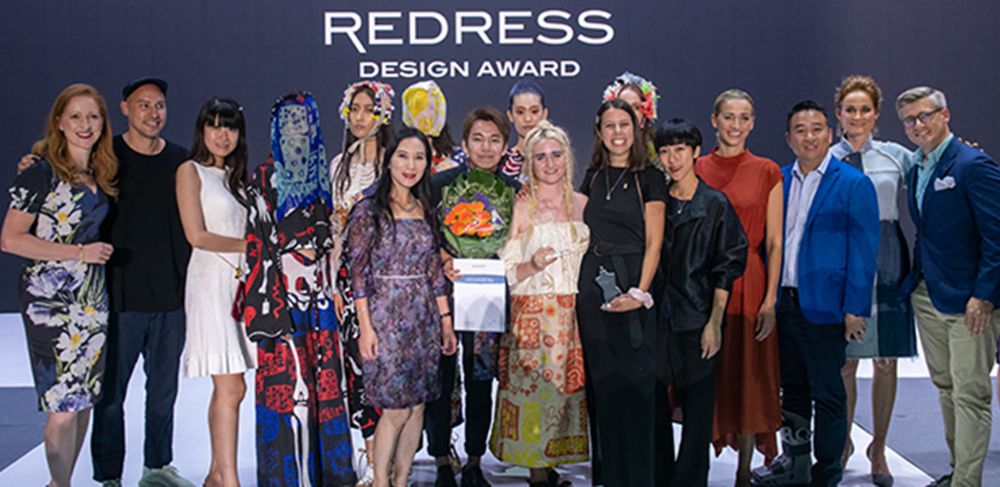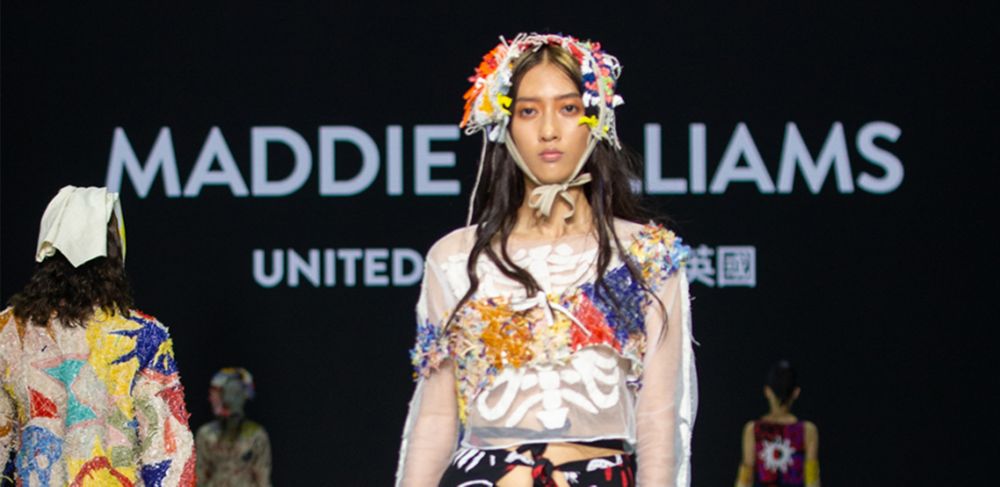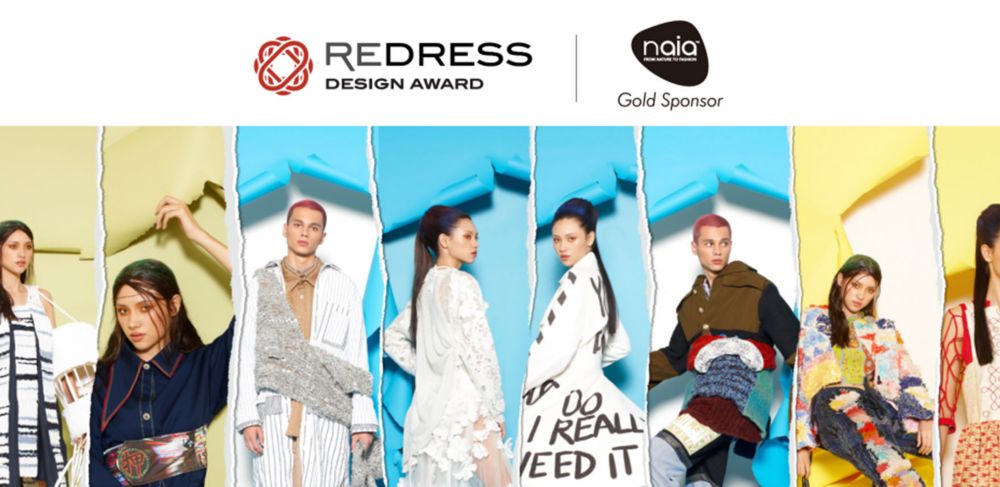For decades, apparel brands have relied on traditional demographics such as gender, generations, and income to target shoppers. Now, globalization and social media have connected like-minded consumers and transformed their commonalities into influential groups.
To learn more about what these groups are looking for in sustainable apparel, Eastman looked to its U.S. Sustainable Leader Consumer Community. Segmenting customers into fashion tribes based on their attitudes and behaviors is critical to uncovering new growth opportunities in the apparel market. Leveraging these insights can help brands build lasting relationships
Fashion tribes
For decades, apparel brands have relied on traditional demographics such as gender, generations, and income to target shoppers. Now, globalization and social media have connected like-minded consumers and transformed their commonalities into influential groups.
To learn more about what these groups are looking for in sustainable apparel, Eastman looked to its U.S. Sustainable Leader Consumer Community. Segmenting customers into fashion tribes based on their attitudes and behaviors is critical to uncovering new growth opportunities in the apparel market. Leveraging these insights can help brands build lasting relationships with consumers by connecting with them across shopping environments, bridging the comfort gap, and improving sustainable apparel satisfaction with innovative fibers.
Urban authorities
In this digital age, consumers living in the world’s largest cities are setting the fashion trends that everyone eventually follows. Accordingly, 53% of these consumers get clothing inspiration online. However, 82% still buy most clothing in store.

Insatiable intellectuals
Global intellectuals crave education on all aspects of clothing. Compared to other consumers, they place a high value on comfort, quality, and fit. They’re also willing to spend more for clothing with new fibers and technologies.

Comfort creatures
While most global consumers are unwilling to sacrifice clothing comfort, they struggle to find clothing that meets their comfort expectations. These consumers seek clothing that is comfortable, soft, and not tight and fits well.

Mobile monsters
Mobile and social-first consumers are reshaping brands’ customer engagement strategies. Among these consumers, 72% love to try new and different clothing styles, and 60% will offer loyalty for custom style advice.
Sustainable savants

Identifying what’s important to today’s fashion tribes can help brands shape the future of apparel. Creating a unified brand experience across digital and physical platforms that simplifies shopping is vital to connecting with global consumers. By using innovative fibers, brands can bridge the comfort gap and create apparel that meets consumer needs. Sustainability is becoming a key driver in apparel purchasing. Providing education on materials can bring shoppers along on the journey as brands strive for greater sustainability in fashion.
Brands that use environment-friendly clothing materials can bridge the gap between sustainability commitments and consumer needs. Garments made with Eastman Naia™ cellulosic fiber deliver on both style and sustainability, helping brands increase their customer base while positioning themselves as sustainable leaders.
Naia™ transforms into luxurious, comfortable, and easy-to-care-for fabrics with supreme softness, improved dry rates, and reduced pilling. With full transparency from tree to fiber, Naia™ is responsibly sourced from sustainably managed pine and eucalyptus forests and plantations. It is produced in a safe, closed-loop process where solvents are recycled back into the system for reuse. Naia™ is OEKO-TEX® Standard 100 Product Class I certified and made with no hazardous chemicals listed on the ZDHC Manufacturing Restricted Substances List.
Learn more about how Naia™ can be the starting point in the sustainable journey of any fabric or garment at naia.eastman.com/sustainability.





